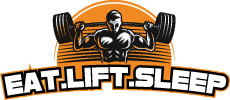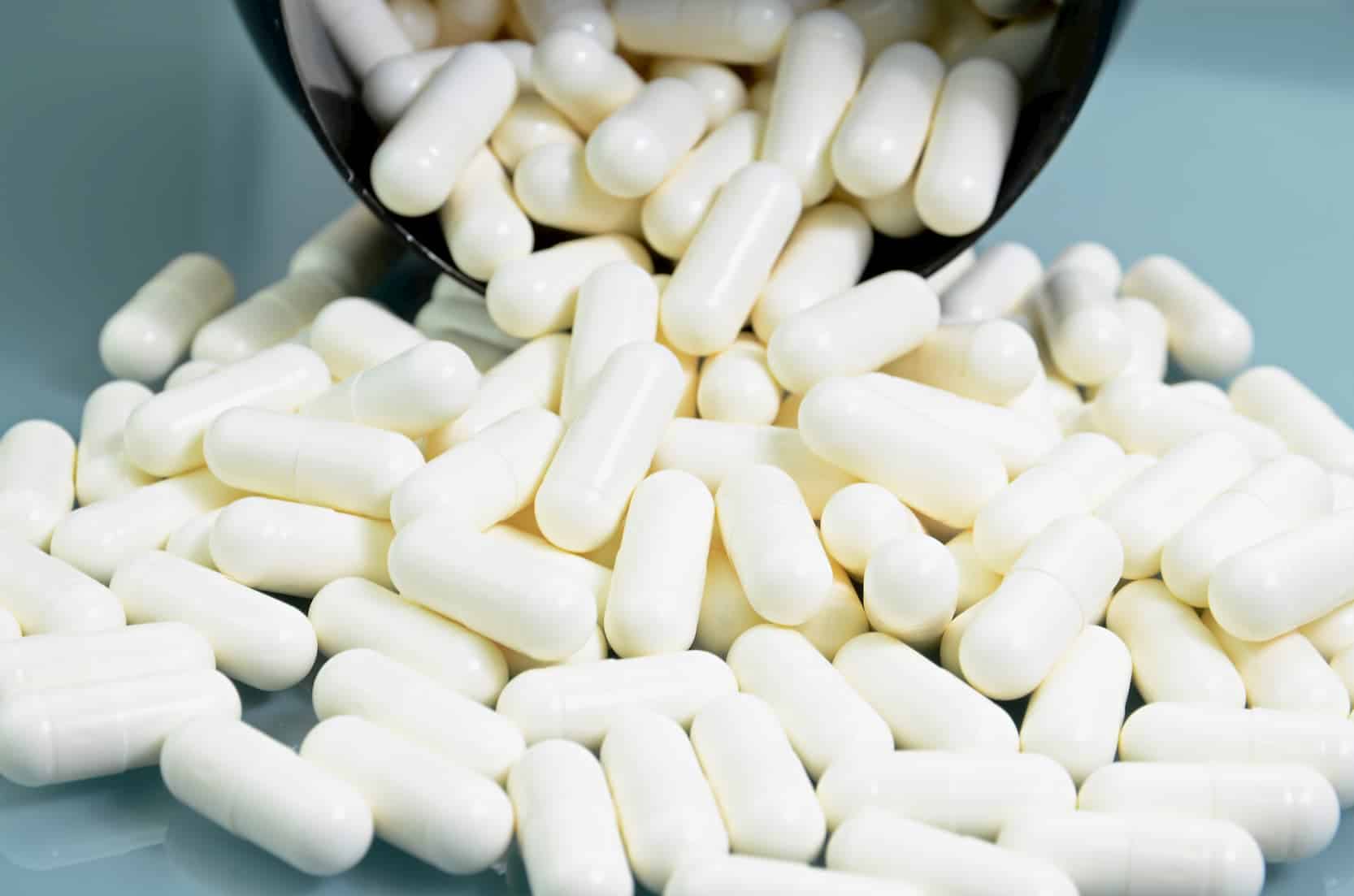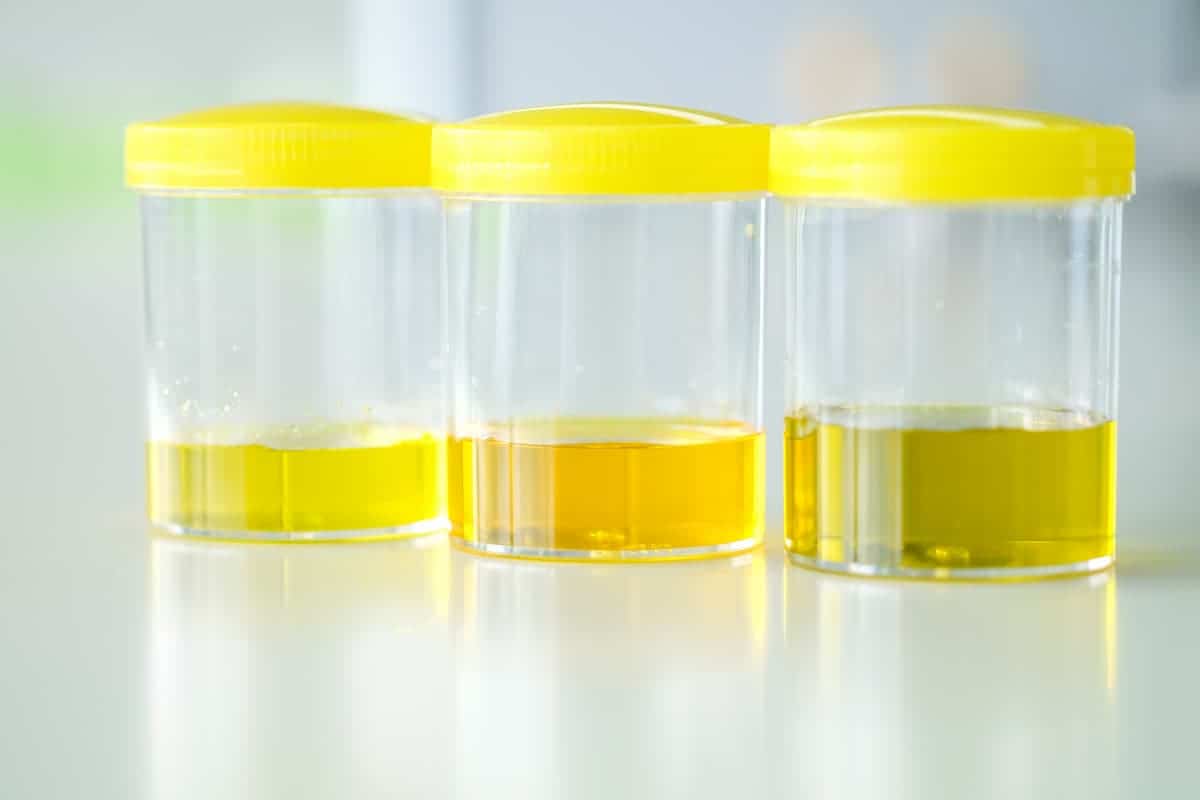As a newbie to using supplements, I have been learning and reading everything I can to grasp why or why you wouldn’t take certain supplements.
One of the most frequent questions I found was about creatine use during rest days and whether this was a problem.
I couldn’t find good answers so I hoped to fill anyone else searching in on how and when to take creatine on rest days.
When you start a creatine protocol you should be taking either the load phase amount daily or the maintenance amount daily which means you should continue to take creatine even on your rest days and not have a missed day.
Why would you want to continue to take creatine even on a rest day when you aren’t needing it currently?
Well, it is a supplement that is used to generate quick energy and requires a solid amount within the muscle which can’t be done through diet alone in almost all cases.
What is a Creatine Supplementation Protocol?
Creatine isn’t an instant impacting supplement, it needs to be in the system for a longer period before seeing any impact toward your goals in taking it.
You want to ensure your muscles are saturated with creatine to perform at maximum capacity.
| Phase | Phase Length | Suggested Grams Per Day | Typical Intake |
|---|---|---|---|
| Loading Phase | 7 Days | 20-25 grams | 20 grams |
| Maintenance Phase | Ongoing | 3-6 grams | 5 grams |
A typical creatine supplementation protocol will start with a Loading Phase where you take around 20 grams each day for seven days straight is the preferred method.
Then after this seven-day phase, you will move into a Maintenance Phase where you will be taking 3-6 grams each day (Most people aim for 5 grams), including rest days, to help maintain the levels in you helping to build more lean mass.
What Does Creatine do to Your Body?
It adds to a saturation level of creatine within your muscles that is able to be used to create massive strength in a short time, very much similar to how glucose can be used by the body.
This allows for you to have a reserve of instant strength used through a different pathway than the glucose pathway for ATP creation.
This may be why people on a higher protein meat diet (beef, fish, eggs) may not lose strength the same as others as they would be inherently ingesting creatine within the meat at a higher rate.
When you use ATP for energy it becomes ADP but your body can restore that missing phosphate through the use of this muscle creatine to give a phosphate back which creates a new ATP that can then be reused as energy for your exercise.
How Does Creatine Help Build Muscle?
Creatine is naturally occurring and it helps your muscles produce energy during heavy lifting or high-intensity exercise.
It isn’t used during aerobic activities but under heavy duress from an anaerobic workout or heavy weight lifting sessions.

One additional way in which creatine can help is in the volumizing of your muscles through water retention.
This additional water helps manage inflammation and possibly provides a better way for your muscles to repair themselves.
The final way I found is that creatine helps to increase phosphocreatine levels within your muscles which provides an increase in ATP energy production.
This has numerous studies to back it up and it is one of the few workout supplements proven to help increase your strength and power.
How and When to Take Creatine
When you look to start taking creatine you may wonder when is the best time to take it as there are so many times in a day when it is possible, from waking up to pre or post-workout.
So how and when to take creatine to get the best results?
There are a great many studies showing that the best results for taking creatine monohydrate will be after your workout, I believe this may be because it helps the muscle to recover by refilling the used creatine within the muscle while providing ATP for muscles to keep working.
Does this mean you shouldn’t take it at other times than as it is sub-optimal?
Research doesn’t say that it hurts or hinders you by consuming at other times but just may not be optimal, I would suggest finding the time which works with your schedule instead.
Why Should I Take Creatine Every Day?
Your body is consistently using creatine that is stored in your muscles to recover from ATP use when you have intense energy use, this alone is a reason to supplement consistently to refuel this usage and enable peak performance.
It is believed that most of us through normal consumption of our meals will walk around daily at upwards of 60% of a full tank of creatine within our muscles but this would then obviously limit our ability to output energy which is “hitting the wall” or “bonking”.
Adding creatine to your supplementation daily gives you the ability to go harder and faster and for far longer than you otherwise do.
This can help give you amazing results by helping you increase your workout, for example, from 30 minutes to 45 minutes.
That would be a 50% greater building of strength and endurance versus not taking creatine.
Why Should I Not Take Creatine Everyday?
If you aren’t actively working out consistently then you may want to look at consuming less as you don’t need to replenish as much, though this would limit you later should you need that extra boost of energy, you would need to start doing a Loading Phase again.
The other reason is if you are following a higher fish and red meat diet you may just need less overall as these foods contain a load of creatine on their own.
According to Livestrong, beef has about 1 gram of creatine for every 1 to 2 pounds of meat which means you would need to eat a decent amount of meat to stay at the 2-3 gram maintenance zone.
When Should I Take Creatine Before or After a Workout?
While many people will talk about when they take creatine as being the most beneficial there are a few studies (1, 2), that point to getting better results when taken post-exercise instead of pre-exercise.
This would lead me to suggest you focus on taking just after the conclusion of your workout to help your body replenish the ATP stores and to help the body and muscles recover.
How Long Can You Take Creatine?
There have been plenty of studies over a long time period for supplementing with creatine where they were watched for more than 21 months of daily consumption without having any issues.
There is no scientific evidence that the short- or long-term use of creatine monohydrate has any detrimental effects on otherwise healthy individuals.
International Society of Sports Nutrition Position Stand
Since you need to do a loading phase prior to getting the maximum benefits from your workout it would make sense to get to this perfect level and just maintain for as long as you are planning to do intensive workouts to get the max results.
How Long Does it Take for Creatine to Work?
Unlike a great many other supplements, you may take for your fitness goals creatine is cut from a different cloth.
Creatine takes a longer consumption period to ensure you reach the peak levels in your muscles to provide results, so then how long does it take for creatine to work?
Creatine monohydrate takes about a week of supplementation in a Loading Period to get a high enough saturation in the muscles. Then you will maintain this saturation by consuming 3-6 additional grams each day from that point forward.
This is why you need to follow a creatine protocol when you stop taking creatine it will slowly fade from your muscles dropping from saturation point and forcing you again to follow a loading phase again to get back to those necessary levels.
What Happens When You Take Creatine?
For almost everyone, unless you have been supplementing prior with creatine you will be at about 60% saturated in your muscles as to base creatine load.
Note: If you are a vegan or a heavier plant-based vegetarian you will more than likely be lower than this due to no red meat, fish, or egg consumption which is what helps most maintain this energy.
As you start to do your initial load phase you will start to saturate your muscles which will result in more water-retaining within your muscles which helps you look bulkier within the first weeks.
The study showed individuals ingesting creatine, combined with resistance training, obtain on average +8% and +14% more performance on maximum (1RM) or endurance strength (maximal repetitions at a given percent of 1RM) respectively than the placebo groups.
NIH
As you reach the 100% saturation level due to your creatine loading you will have the benefits of increased energy and the ability to lift for most will be up to 15% increased (source above).
Can You Take Too Much Creatine?
From what I have read there are some issues with taking too much creatine that revolve more around stomach discomfort, bloating, and wasting your money on additional supplements.
For example, in one study athletes who supplemented with 10 grams of creatine in a single serving experienced diarrhea, stomach upset, and belching. Those who supplemented with a 2–5-gram single dose did not report the same side effects.
Healthline
You can’t get sick taking more than the recommended maintenance dose as it will only cause you to excrete the excess creatine through your urine.
What Type of Creatine is Best?
While there are a great many types of creatine available on the market currently it is shown time and time again that the standard creatine monohydrate is the best choice to get you solid results consistently.
Per the ISSN, creatine monohydrate is the most effective ergogenic nutritional supplement currently available to athletes in terms of increasing high-intensity exercise capacity and lean body mass during training.
Can Beginners Take Creatine
There is no need to be an “expert” to take creatine as it is naturally occurring in the foods you eat daily.
As a beginner, you need to start by first following a creatine loading protocol to maximize your muscle’s creatine storage.
Maximizing your stored creatine may actually help beginners get more energy and allow you to work out longer and harder, possibly helping lead you to more gains with better efficiency.
Does Caffeine Affect Creatine?
While I couldn’t find any solid details from real studies the overall community appears to believe that taking the two at the same time will waste the creatine believing that the caffeine absorbs the creatine.
What most suggest is that you take your caffeine in your pre-workout to help amp you up and that as a post-workout you add in your creatine as it has been shown that the creatine can be advantageous to take later after your workout is complete than prior.
How Good is Creatine For Bodybuilding
Well other than the well explain the additional ability to recreate ATP from ADP faster than the glucose pathway you also have an increased ability to lift heavier and for longer included.
The study from the NIH showed a large increase in your 1 rep max (1RM) lifting by around 8-14% which is an incredible increase!
The ISSN had the following to say:
Creatine monohydrate is the most effective ergogenic nutritional supplement currently available to athletes in terms of increasing high-intensity exercise capacity and lean body mass during training.
International Society of Sports Nutrition Position Stand
How Healthy is Creatine
There are no understood adverse impacts to Creatine consumption with there being studies showing that consumption every day over 21 months even had no ill effects or issues, hence being seen as safe for working out.
This shows that creatine, which naturally occurs in red meat and fish in high quantities is perfectly healthy for you to take in.
Though some people do now follow a carnivore diet may want to see if they get enough from the meat that they consume especially for maintenance.
How to Know if Creatine is Working
The best way is to be tracking your overall lifting numbers before starting a creatine regimen, you will know it is working when you begin lifting more volume of lifts and/or increasing the weight during your lifts.
It has been shown by some that people with more fast-twitch muscles will see a better response to taking creatine.
This means you can check after a week or so and if you don’t see changes you may have more slow-twitch fibers which renders creatine monohydrates not as helpful for you.
How Do I Know if I’m a Non-Responder to Creatine?
A low or non-responder will tend to have a low amount of Type II muscle fibers. Possibly already getting their maximum gene expression from the amount of creatine they’re getting from natural pathways that the body uses to make it.
You can get tested but the simplest way is to go through a proper loading phase to see whether you change your lifting profile by adding additional weight and reps for a greater volume of weight lifted.
You may feel you are a non-responder but if you aren’t at 100% muscle saturation you won’t see the same benefits, you may have just misunderstood the amount you need to reach this pinnacle of saturation.
Worst case I suggest a full-on commitment to the loading period and pushing through to at least the following week at a minimum before deciding you are a non-responder.
How to Get Rid of Creatine Bloat
Creatine bloating is typically what happens during the loading phase when you are taking in 20-30 grams per day of creatine.
This is due to the increase in creatine uptake and the additional withheld water volume making you feel puffy and bloated.
To resolve this you can jump straight to the creatine maintenance phase and just take more time to reach your maximum level.
This may take over a month of consistently taking maintenance to reach a week worth of a traditional loading phase.
Final Thoughts on Should I Take Creatine on Rest Days
The obvious thing is that you should continue to take creatine monohydrate throughout your week at a minimum maintenance level to ensure you stay properly saturated for your workouts the following days.
Creatine is one of the most researched supplements aimed at fitness fanatics so it has been well-covered and understood. If you are just starting to work out then following a plan to get your creatine levels up will yield good results in the months that follow.
If you are starting your fitness journey now then I would suggest checking out Rogue Fitness for high-quality gym gear for your home gym so that you can work out without leaving home, this means you will then have no excuses for not getting results.
Tired of No Gym Equipment? Get started with Rogue Fitness Today!
My wife and I found Rogue Fitness for home workout setups and have been amazed at the quality and overall craftsmanship. With the current stay-at-home issues over the virus having a personal gym has become much more of my focus.
Purchasing the Rogue Fitness gear has allowed me and my wife to work out on a timetable that fits us. Also, this allows me to skip the gym as I always feel like people are staring and I am self-conscious of how I look still.
I can’t recommend them highly enough, they aren’t the most inexpensive but compared to a monthly charge for a gym membership you do start to become profitable over time by saving the monthly expense.





